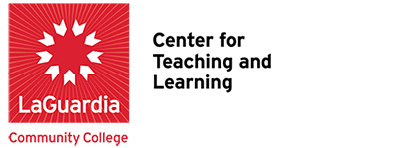Misun Dokku, English Composition and Literature
When reflecting on my professional experience during the pandemic, I can’t help but pause at the challenges my students encountered when transitioning to distance learning. These challenges included issues of access that defy easy interventions. Some students did not have stable internet access and could not take advantage of free internet services because one provider monopolized service in their neighborhood. Other students did not have laptops and would not/could not travel to campus to borrow one.
The lack of access and service meant that students had to toggle between PowerPoint presentations, e-textbooks, online homework directions, and a Word document to complete an assignment…all on their phone! This is a lot to juggle even on the best of phones. One student who struggled, particularly with our distance learning course, confided that his living situation was not conducive to focusing on schoolwork and was unable to meet with me individually via video conference or with a tutor to receive the extra help he needed.
I realize that there are many issues at stake in the shift to distance learning, but I’m struck by the examples above because there is little that an individual instructor or even the full weight of services provided by a college can do to intervene. The onus seems to be on the instructor to extend compassion to these students. What emotional costs do teachers bear in these helpless situations? How does this connect to all the stories that teachers hear about students contracting the virus, family members dying, working overtime, job loss, and many other stresses in students’ lives?
These questions aren’t meant to invite solutions such as providing mental health support for teachers. At this point, I’m not certain what I’m driving at. Perhaps I’m asking questions to open a conversation about the many invisible ways that a pandemic induced shift to distance learning indelibly affects those of us on the frontlines of education.



